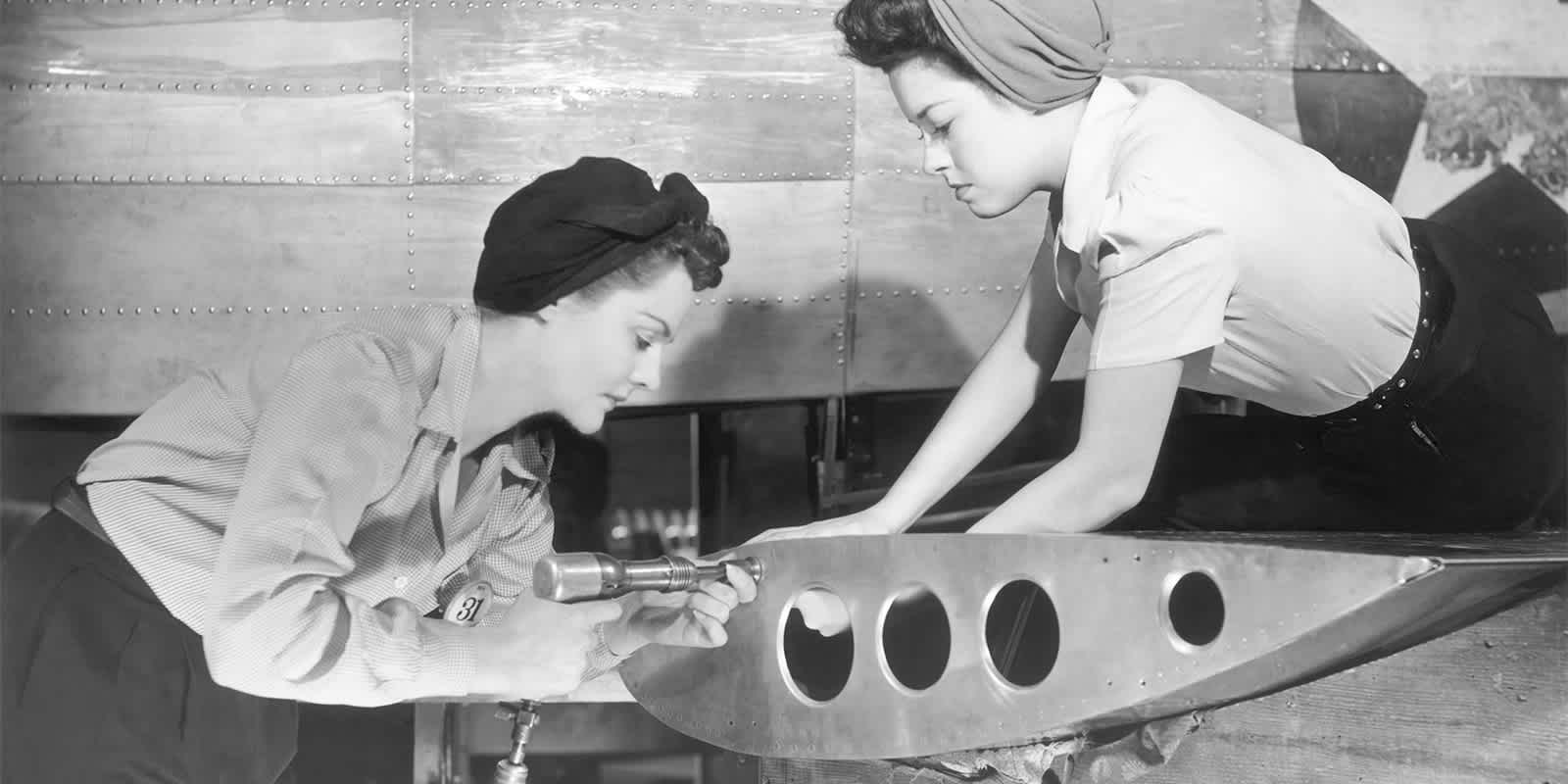
March 9, 2020
Celebrating the History of Women in Freight for International Women’s Day
Celebrating the History of Women in Freight for International Women’s Day
On Sunday, more than 100 countries celebrated International Women’s Day. While the official date is March 8 every year, this year’s observance aligned with the founder’s intent. Temma Kaplan organized the first National Woman’s Day on a Sunday in 1909, so that working women could attend demonstrations.
The first event united suffragists, socialists, and labor organizers in Murray Hill, a residential Manhattan neighborhood, where thousands gathered. The movement caught on quickly—in Denmark by 1910, France and Russia by 1911, then Spain, other parts of Europe, and China, until the United Nations General Assembly recognized it in 1975.
Now, International Women’s Day pursues a variety of missions, supporting women in tech, sports, health, entrepreneurship, and more, with objectives always coming back to equal visibility, pay, and empowerment.
Women in Freight
The history of freight and logistics shows that, while men did not always invite women’s contributions, the accomplishments of the first women in transportation were every bit as meritorious—and continued to grow in impact.
Take Susan Morningstar and Catherine Shirley, two of the first women to work for a railroad. Their task was to clean and decorate the cars’ interiors in 1855.
Next, women became railroad telegraph operators. Then, inventor Eliza Murfey filed 16 patents for axle bearings that prevented derailments, and Mary Elizabeth Walton earned patents for reducing smokestack emissions. Nancy P. Wilkerson invented the cattle car, before civil engineer Olive Dennis ventilated passenger and freight cars.
In 1901—46 years after a woman was allowed to clean a railcar—Sarah Clark Kidder became the first female railroad president, leading the Nevada County Narrow Gauge Railroad as it hauled lumber, produce, and gold.
A World of Opportunities
Today, the industry is fortunate to have a number of empowerment and awareness groups for women in freight, including Flexport employee resource group, Freight Femmes.
The work of these groups is indispensable. Despite Kidder’s rail success nearly 120 years ago, the Panama Canal appointed its first female deputy administrator, Ilya Espino de Marotta, only two months ago.
As of 2018, women held only 14% of the C-suite jobs in supply chain—the same year California enacted gender quotas for the boards of directors of publicly traded companies, after finding similarly low numbers. In 2019, the International Transport Workers’ Federation reported only 2% of the global maritime workforce is female.
There are still extraordinary opportunities for women to explore and make their own in supply chain, logistics, and freight forwarding. The reality is that everyone wins when gendered expectations give way to workplace empowerment.



